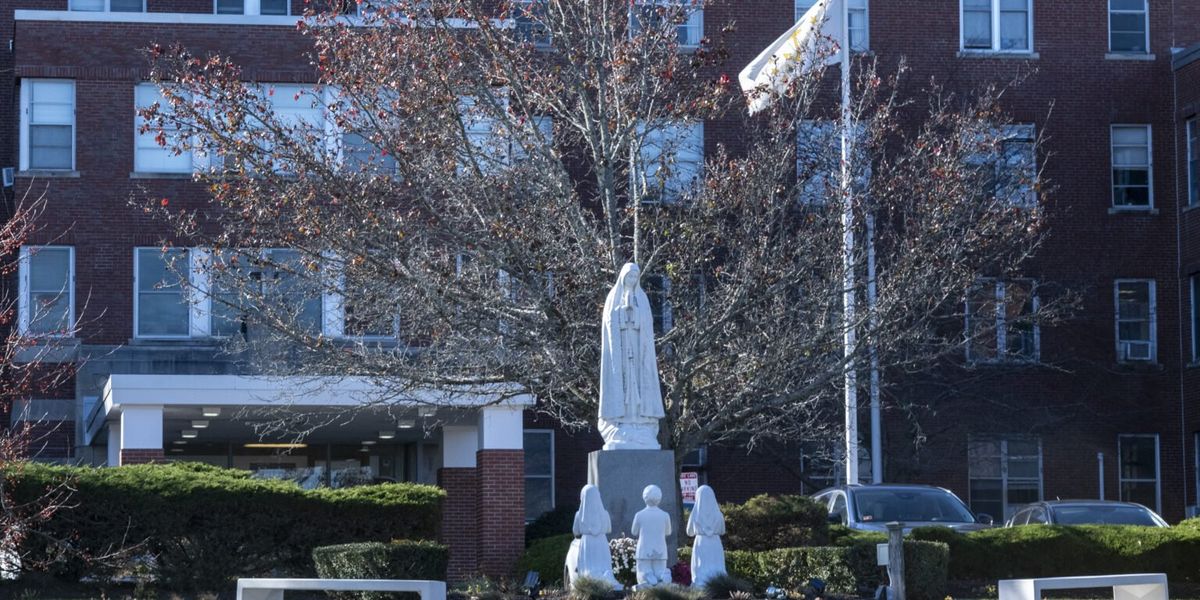Prospect Medical Holdings’ dire financial straits were well-documented , even before the owner of Roger Williams Medical Center and Our Lady of Fatima Hospital declared bankruptcy on Jan. 11.
But its cash flow woes are even worse than previously aired in public. The national hospital chain operator owes more than $1 billion to more than 100,000 creditors, but has just $3.4 million cash on hand, Paul Rundell, Prospect’s chief restructuring officer, wrote in testimony ahead of a federal bankruptcy court hearing in Dallas on Tuesday.



Can we find out how much and when the executives were paid?
Even though most hospitals spend way too much on administration, I doubt that’s really the reason they are 1-10 billion dollars in debt.
That’s just because hospitals aren’t very profitable, especially nowadays when they are competing with dozens of private clinics who only do specialty medicine.
Because of the lack of universal healthcare running emergency medicine departments have become giant money holes. Where all the other departments in the hospitals only real goal is to make enough money so they can keep the ER afloat.
So when a new private hospital or clinic opens that don’t have a ER or trauma ward, its basically siphoning the funding stream away from hospitals whom do practice emergency medicine.
The real catch is that states often mandate that hospitals keep their emergency departments operational, as there are often only a few operating in populated areas to serve the general public. However, they often do not mandate that new hospitals open new emergency medicine departments.
This is just going to be more and more of an issue as we continue to ignore the fact that healthcare is a natural monopoly and should not be operating off a profit motive.
I work at the only trauma 1 hospital in my state and we just had to basically get a bail out for the same reason.
They’re not failing (at least primarily) because of emergency care. There have been a series of profit-taking actions and frauds by the various owners.
https://en.wikipedia.org/wiki/Prospect_Medical_Holdings
Ahh, well that’s definitely not going to help. However, that seems to have been a long systemic problem for this network, and it looks like they are still hemorrhaging money through their emergent care.
"Our hospitals overall in Connecticut are still operating at a negative margin,” CHA Vice President of Policy Paul Kidwell said, adding that deficit was an improvement from 2022.
The report found expenses for the hospitals rose by a combined $1 billion.
Kidwell said it’s because the reimbursement rates are too low, forcing the hospitals to make up for those losses on charges for patients with private insurance.
Sen. Heather Somers (R-Groton) said the state should also educate the public on when they should go to urgent care centers and other facilities, not emergency rooms.
Emergency rooms are often the most expensive form of care, and Connecticut’s facilities are also overcrowded."
While he could be telling the truth and the negative margins could be a result of the actual economics of healthcare and payment (rather than profit-taking shenanigans), the quoted guy there is an executive from a lobbying group.
I used to be a part of the construction of hospitals, they have money. Finance bros wouldn’t be a part of it if it wasn’t profitable for them somehow. I would love to see real numbers.
Construction and the actual operation of hospitals have next to nothing to do with each other?
It depends on what kind of hospitals you are talking about. There’s plenty of investment capital for orthopedic or heart hospitals/clinics. But no one wants to invest in hospitals with emergency departments. They only do it when they are forced to, just like in the article you just posted.
General hospitals and we had huge fucking budgets. We had to tone it down to make it look less “rich.”
Hospitals are famously expensive to build, I would expect them to have a pretty huge budget compared to a normal facility the same size.
Plus, that’s counter intuitive to your argument. If it was run by finance bros wouldn’t you expect them to spend as little as possible on facilities?
Hospital networks aren’t the cash grab they used to be, a lot has changed in the last 10-15 years, really since the affordable care act passed. Which if you read the article is when this hospital group first started having financial problems.
The way insurance companies responded to the bill was to do more business with private clinics and hospitals where they could set up in network reimbursement programs.